The Systemic Link Between Race and Hunger
This article was originally posted in 2020 as part of a series of essays to educate the public about our work and the increasing demand for home meal delivery services, and to explore the many factors Meals on Wheels Chicago considers when planning for our programs in the future. In this first essay, we are exploring the link between race and hunger in the hope that it brings awareness to underlying issues that need to be addressed. We hope highlighting these issues in relation to our mission will encourage our community of supporters to advocate for much-needed change. In the meantime, the organization will continue to raise funds in support of the ever-growing need among seniors so that none of our vulnerable neighbors goes hungry, and so we are prepared for the future needs of our community.
The systemic link between race and hunger
More than 12 percent of those living in the United States suffer from hunger, an issue that affects those in every racial demographic. However, food security disproportionately affects Black and Hispanic households. While 12 percent of American households experience hunger, the USDA reports 22.5 percent of Black households and 18.5 percent of Hispanic households face food insecurity, further revealing economic insecurity that disproportionately impacts people of color.
The issue of hunger is about more than just food itself—the ability to put food on the table, feed seniors, children and working parents alike is the cornerstone to being able to function at home, school and in the world. Hunger affects physical, mental and emotional health, and without secure food sources, it’s difficult to maintain stability.
The ripple effects of poor nutrition
From birth, proper nutrition is essential to living a healthy and full life. Studies show that poor nutrition in the first 1,000 days of life can cause irreversible damage to brain development, going on to affect education, abilities, and eventually, the ability to earn a living. This compounds the challenges children face while existing in poverty, and can lead to otherwise preventable health issues throughout life.
People of color have a disproportionate representation in poverty rates in the United States—25.4 percent of Native Americans, 20.8 percent of Black households and 17.6 percent of Hispanic households live beneath the poverty line, while 10.1 percent of white households live beneath the poverty line. Among Meals on Wheels Chicago clients, 65% live at or below the poverty line.
Children make up the largest percent of those living in impoverished conditions in the U.S.—16.2 percent, or 11.9 million children—live in poverty. The next largest segment of the population that lives in poverty are seniors. The Supplemental Poverty Measure found 14.1 percent of seniors live in poverty in the U.S. Without means to earn income, rising housing costs and healthcare, this vulnerable population, made up mostly of people of color, often face hunger.
Hunger, food deserts, education
Compounding poor health among minorities, children, and seniors are the food deserts in traditionally Black and Hispanic neighborhoods. Those living in these areas don’t have access to nearby grocery stores that offer fresh produce and nutritional food, forcing them to eat foods that can cause further health problems such as obesity, diabetes and heart disease.
The American Civil Liberties Union (ACLU) reported “African American neighborhoods had access to half as many chain supermarkets as white neighborhoods; Hispanic neighborhoods had access to a third as many,” leaving these vulnerable populations to eat “junk food” rather than nutritious food that white populations typically access easily.
That effect extends all the way through someone’s senior years, when many are mired in poverty, unable to work and unsure of how they will get their next meal.
To be sure, hunger affects those of all races, especially as seniors—but hunger is more likely to be an issue for people of color throughout their whole lives, highlighting the racial inequity that plagues the United States.
It creates a cycle of poverty, racial injustice, unequal educational opportunities and access to food that is directly linked to the wage gap and a person’s ability to find economic success. Hunger, a direct effect of racial inequity, creates lifelong disadvantages that can haunt someone from birth through their final years.
These disadvantages make the work of nonprofit groups like Meals on Wheels invaluable. Without discrimination, Meals on Wheels Chicago provides daily meals to any senior who needs it, giving seniors the food and crucial interaction they need to live out their final years feeling secure about their source of healthy food.
It also gives families peace of mind that their elderly loved ones won’t go without food, and that they are cared for and given small joys, from a hot meal to a visit from their delivery driver. Meals on Wheels Chicago makes sure clients need never go hungry again.
